Martin Hewitt lives by the Parachute Regiment's moto "Ready For Anything", so he prepared for Avalanches, Ice Storms, and Everest's death zone, the one thing he hadn't factored in was people.
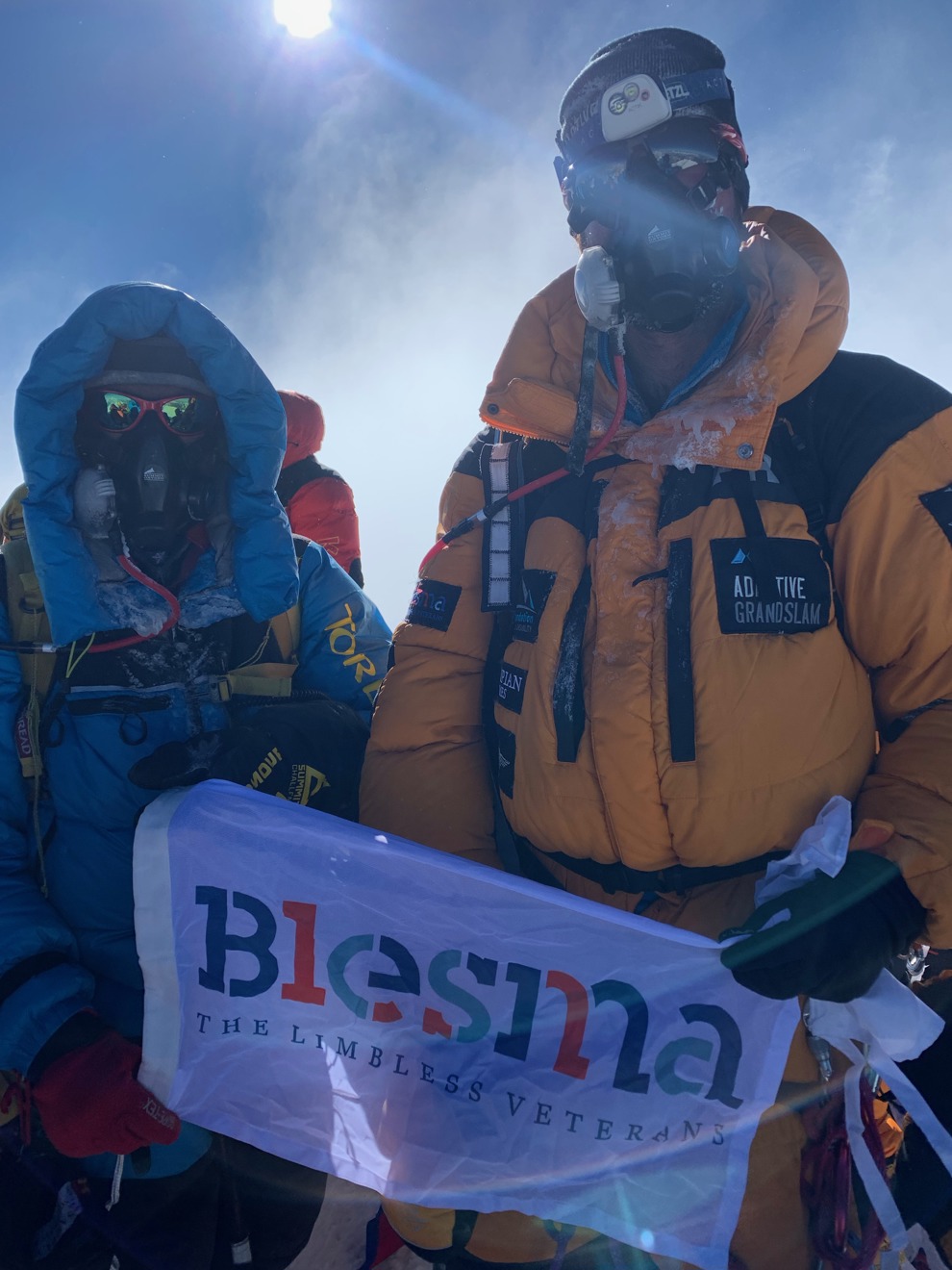
It’s a bit of an understatement to say that there are plenty of challenges to overcome when attempting to scale Mount Everest. There are potentially deadly avalanches. There are huge crevasses, hundreds of feet deep, where just one incorrectly placed foot can result in a fatal fall. There are the perils of acclimatisation in the ‘death zone’ above 8,000m. There are frostbite-inducing ice storms, and the fact that you need to have fitness and determination levels that are off the scale, plus an experienced, savvy guide. Martin Hewitt, who lost the use of his right arm after being shot in Afghanistan attempted to make it to the summit in May.
The former Parachute Regiment Captain came up with, and is now trying to complete, the Adaptive Grand Slam (AGS) – a take on the Explorers Grand Slam which involves scaling the highest peak on each of the seven continents, as well as walking unsupported to both the North and South Poles. He was foiled in his first attempt to summit Everest, in 2012, because of adverse weather conditions. This time, it looked as though overcrowding and altitude sickness might scupper his chances. “You don’t know how your body is going to react when you get really high and, unfortunately for me, I’m constantly throwing up. You don’t want to hang around feeling like that for long.” Martin, who had already trekked to the North Pole, and climbed Kilimanjaro (the highest point in Africa), Mount Aconcagua (South America), McKinley (North America) and Elbrus (Europe), also had a tough decision to make during his attempt to reach the summit: remain stuck behind the slower climbers on the safest route up the highest mountain on earth, or go “off the fixed lines”.
“We decided to back our skills as climbers and come off the ropes rather than risk running out of oxygen,” he says. “It meant my guide and I were only attached to each other, so we were both in trouble if one of us slipped. But it proved to be the right decision and, after overtaking more than 100 people, we made it.” Once at the top, Martin unfurled the Blesma flag – the first time the charity’s banner has reached the planet’s apex – having completed a task that began eight years before, when he successfully navigated the first instalment of the AGS; an expedition to The North Pole with Prince Harry, back in 2011.
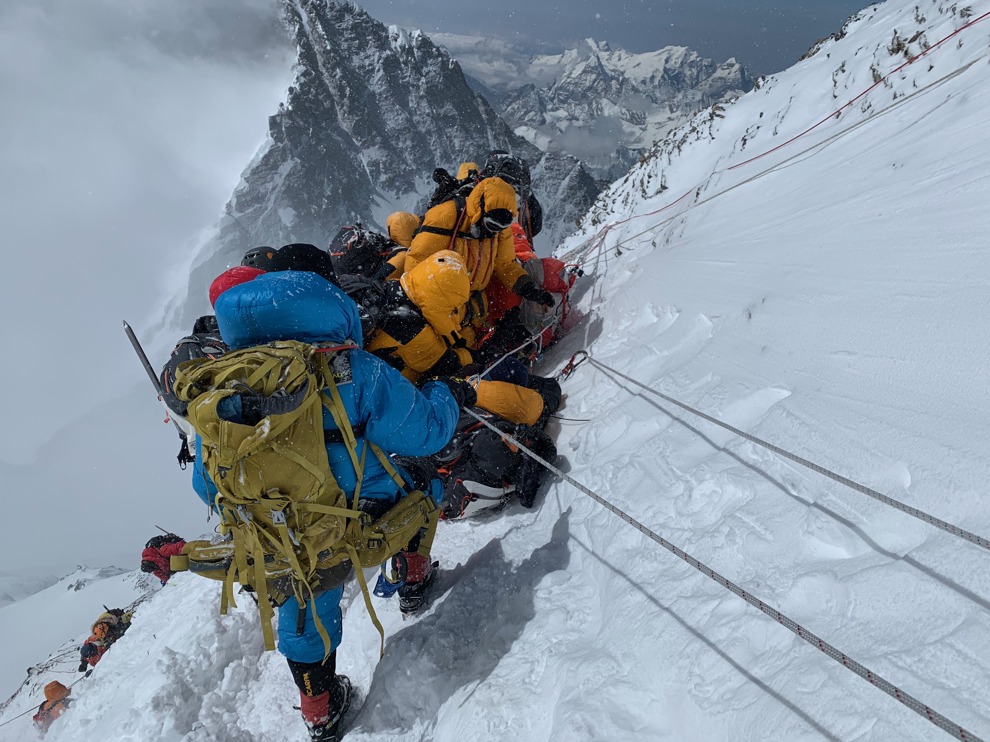
SURREAL SIGHTS FROM THE SUMMIT
“Standing on top of Everest is awesome,” says Martin. You’re so high, you notice the colour differences between the atmosphere and the stratosphere. We were above a cloud system on one side of the valley but had crystal clear views on the other. It was stunning, just totally surreal. At the same time, you’re trying to suck in oxygen and stay alive!” When he was safely back at base camp, Martin was able to call his wife Victoria, who was at home with their nine- month-old daughter Georgina, with the good news.
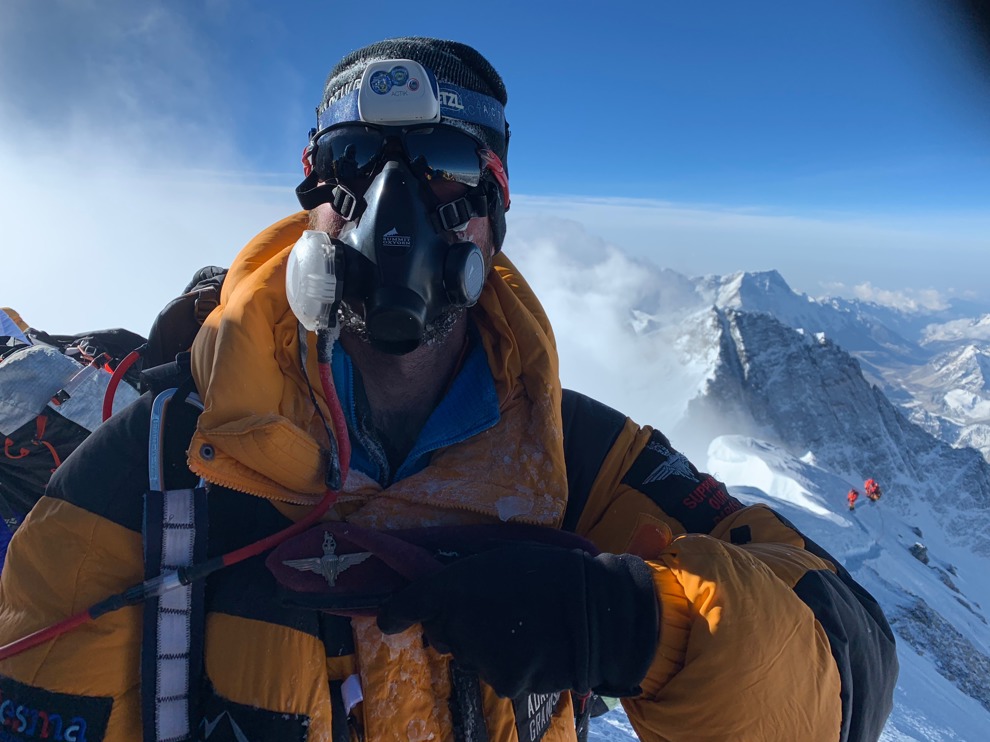
But the expedition wasn’t a complete success. Martin’s partner on the Grand Slam, fellow Blesma Member Terry Byrne, had been forced to make the agonising decision not to attempt Everest after sustaining an injury to his stump in the weeks leading up to the climb. Having completed all the elements of the AGS so far, Terry travelled to the Himalayas with Martin and was acclimatising well when he hurt himself on a training climb on a mountain just west of Everest. “I was abseiling down a 200m pitch when my stump punched into the ice,” he says. “I popped my knee and something came out… either bone or ligament. I had to keep going because it wasn’t somewhere you could get a helicopter to, but by the time I got back to camp my leg had started to swell. I was in severe pain so I had to make the call to knock Everest on the head. I’ve not been able to use the leg for more than half an hour without very high pain levels since.” Terry is determined to come back stronger and, like Martin, make it to the top at his second attempt. “I’d trained for a year, but I couldn’t risk losing my leg,” he said.
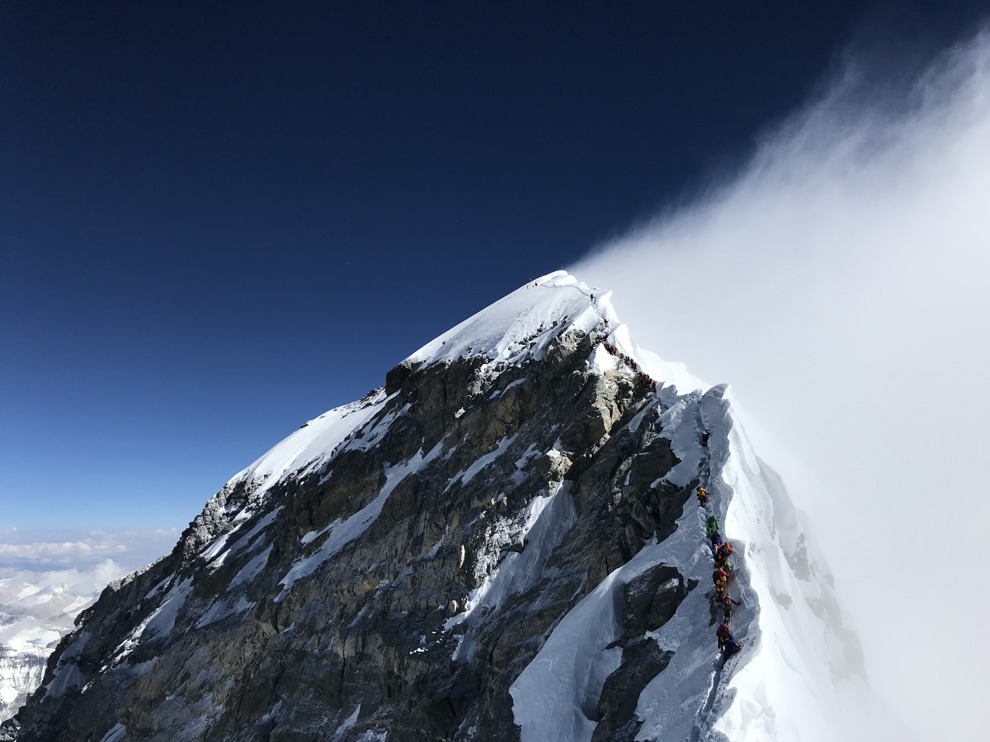
And while Martin was also “gutted” to lose Terry, he’s also convinced that his good friend will eventually succeed. In the meantime, the duo are plotting their next steps – they will travel to the South Pole in 2020-21, summit Antarctica’s Mount Vinson, and tackle Carstensz Pyramid in Indonesia. Success in those three expeditions will, for Martin, mean completing the overall challenge to become the first disabled person to accomplish the Explorers Grand Slam. He admits Everest was “the big one” on his list, and that it is “a relief to have ticked it off.” But how on earth did he keep going when, at times, he was literally on his knees, being sick and feeling utterly drained?
“It was like selection for the Paras, the Marines, or the Special Forces – to get through it, you have to be in the right mindset,” says Martin. “All these processes look for mental and physical robustness that goes above and beyond. Physically, each of the selection tests might not be so hard on their own. But combined, they’re very tough. “It’s similar in an expedition environment. It takes a sustained effort, and when I look at injured veterans doing this kind of thing, they excel. They tend to outperform able-bodied people, just like we did on Everest when we overtook all those other climbers. There was true determination.” It’s what makes Martin a dedicated supporter (and Member) of Blesma and why, as part of the Adaptive Grand Slam, he now runs challenges for disabled adventurers. “We mainly get out in the mountains to places like Gran Paradiso in Italy, but we’re also doing some rafting now, too. Blesma has supported us financially, and there is funding available for any Blesma Member who is interested in an introduction to mountaineering.”
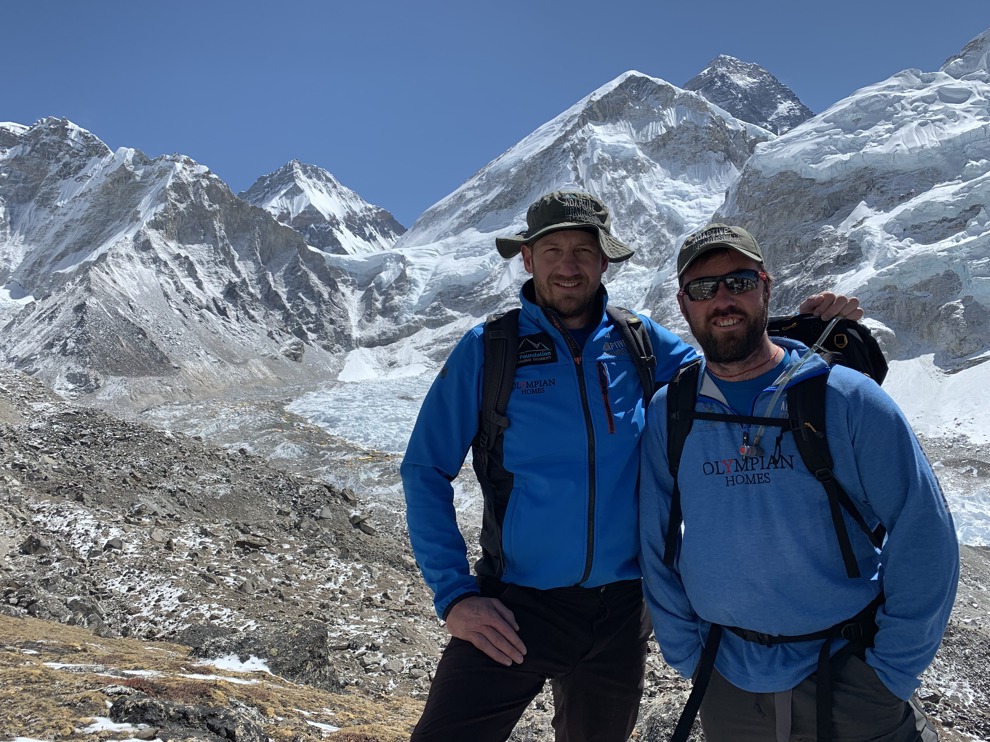
Many of those who do, he says, end up being bitten by the climbing bug. So why not give it a go? Who knows, you may end up standing on the top of the world one day, just like Martin.

To find out more about the Adaptive Grand Slam visit www.adaptivegrandslam.com.
We can help
We are dedicated to assisting serving and ex-Service men and women who have suffered life-changing limb loss or the use of a limb, an eye or sight. We support these men and women in their communities throughout the UK. Click the link below to find out the different kinds of support we offer.
Get Support
Leave a comment
Join fellow Members and supporters to exchange information, advice and tips. Before commenting please read our terms of use for commenting on articles.